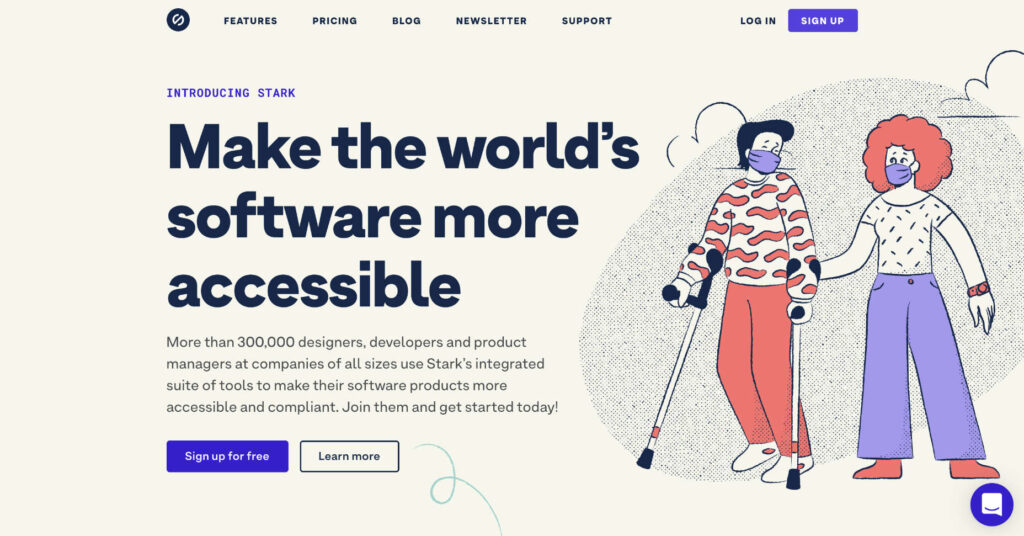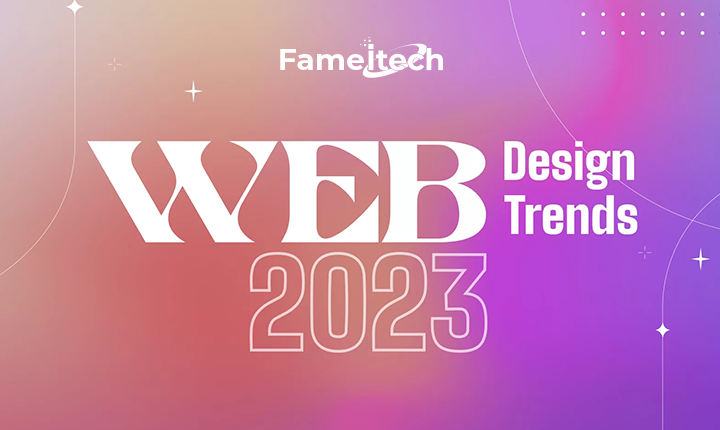Web design is a dynamic field that constantly evolves to keep up with changing technologies and user preferences. As we step into a new era of web development services, staying updated with the latest trends in web design services is essential for creating modern, engaging and user-friendly websites. In this blog, we will discuss the most current trends in web design and development that are shaping the digital landscape.
1. Minimalist Design
Simplicity is the reigning king in web design service. Minimalist design principles prioritize clean, uncluttered layouts with ample white space. This approach focuses on the essentials, enhancing user experience and loading times. Minimalism promotes clear, concise content and straightforward navigation.

2. Dark Mode
Dark mode has become increasingly popular due to its appealing aesthetics and potential energy-saving benefits on OLED screens. Websites now offer users the option to switch between light and dark modes, enhancing readability and reducing eye strain in low-light conditions.

3. Neomorphism
Neurophism is a design trend that blends elements of skeuomorphism and flat design. It creates a sense of depth and realism by using subtle shadows and highlights, giving websites a soft, futuristic feel. Neuromorphic elements provide an elegant, tactile experience for users.
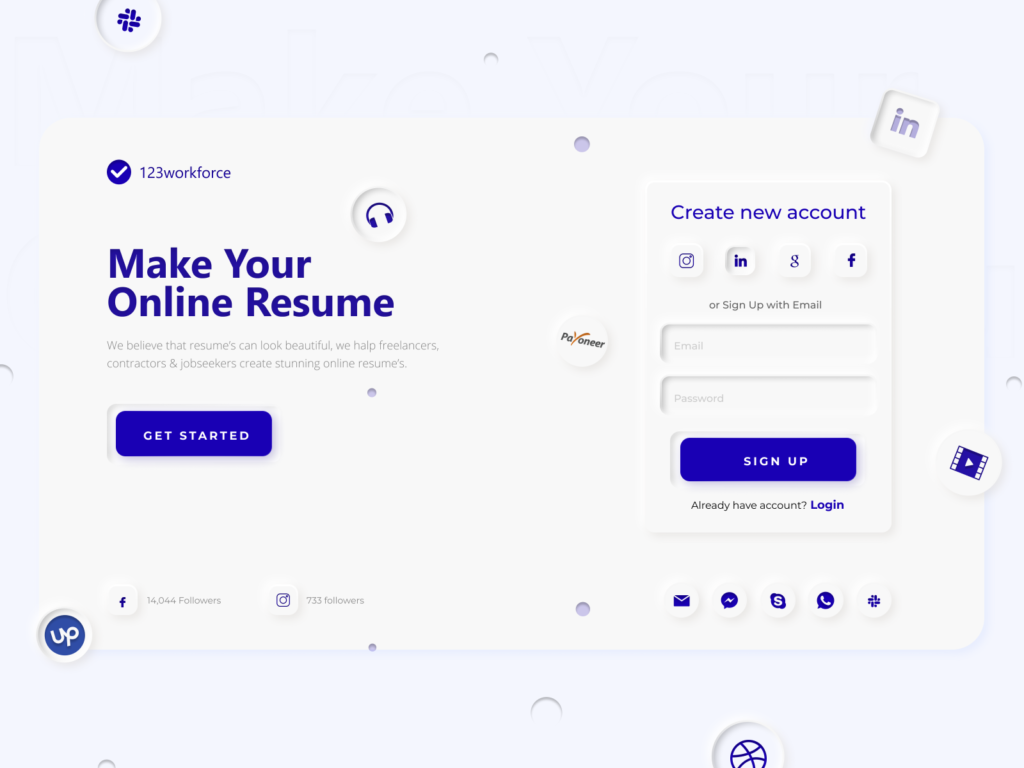
4. Boiled Typography
Typography is playing a more prominent role in web design. Large fonts, vibrant colors and creative text placement are used to grab user attention. This trend helps convey the website’s personality and message more effectively.

5. Asymmetry and Broken Grids
Breaking free from traditional grid layouts, web designers are experimenting with asymmetrical and broken grid designs. These layouts add a sense of dynamism and creativity to websites, making them stand out and capture user interest.
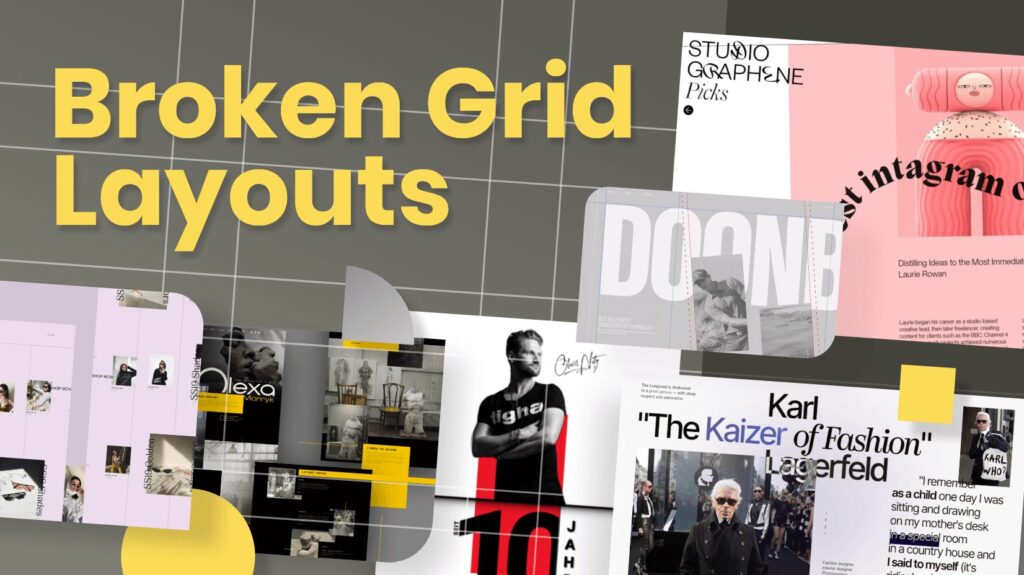
6. 3D Elements
Integrating 3D elements, such as illustrations and animations, is another current trend These elements add depth and interactivity to websites, making the user experience more engaging and immersive.

7. Microinteractions
Microinteractions are subtle animations or visual feedback that respond to user actions. These small details, like button hovers or form validations, make the website more interactive and enjoyable.
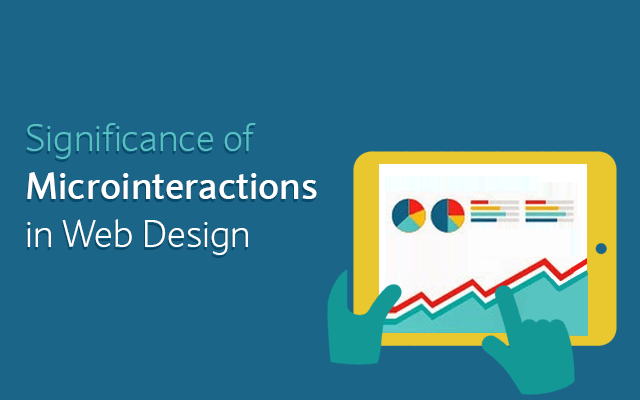
8. Sustainable and Eco Friendly Design
As environmental awareness grows, some web designers are adopting sustainable and eco-friendly design practices. This includes optimizing website performance for energy efficiency and reducing carbon footprints.

9. Inclusive Design
Creating websites that are accessible to all users, including those with disabilities, is a crucial trend. This involves adhering to accessibility standards and designing for screen readers, keyboard navigation and color contrast.
